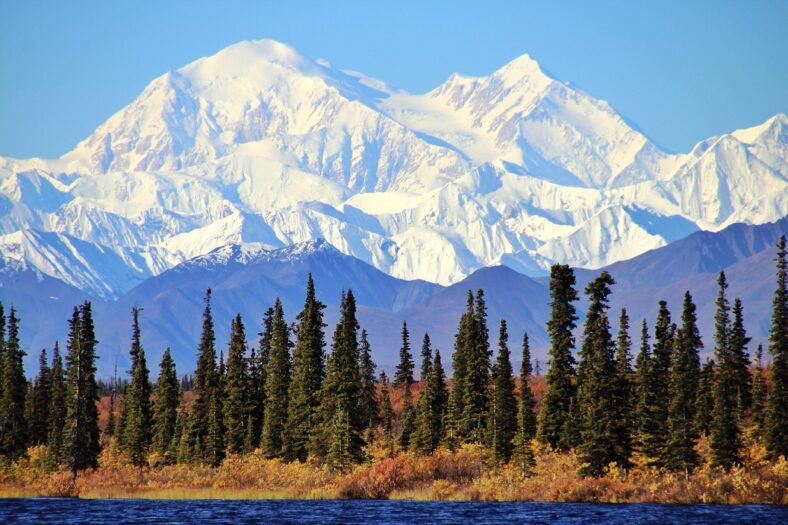An Ancient Food Storage Pit Was Found In Alaska, And It Was Used By The Indigenous Dene People

In southeastern Alaska, archaeologists unearthed a food storage pit used by the Indigenous Dene people of the region.
The discovery was made at Joint Base Elmendorf-Richardson (JBER), a military complex on a hill overlooking the Knik Arm, a narrow stretch of the Gulf of Alaska that carries on to the northwest of Anchorage.
The pit is about 3.5 feet deep and is surprisingly well-preserved. It was dug into well-drained soil and lined with grass and birch bark for preserving meat, fish, and berries in the harsh climate of southeastern Alaska.
The Dene were also known as the Athabaskans, and they included the Dena’ina and Ahtna people. They stayed in the area during the summers to catch and preserve salmon and terrestrial meat. Their houses and smokehouses once lined the banks above the Cook Inlet.
Researchers expected the pit to be a few hundred years old, but radiocarbon testing revealed that it was significantly older.
“When we got the results back that said it was 960 years, plus or minus 30, we were shocked,” said Elizabeth Ortiz, an archaeologist and cultural resource manager at JBER. “[We] were jumping up and down in our cube in tears. It was very, very exciting.”
The research team conducted other radiocarbon and stable isotope tests to determine whether the food buried in the pit was from land or the sea.
The findings suggest caribou or moose meat, although the researchers are planning to perform further tests on the surrounding soil to confirm what animals were actually stored in the pit.
Once in a while, archaeologists will uncover similar cache pits in other areas of Alaska, such as the Matanuska-Susitna Valley and the Kenai Peninsula.

Sign up for Chip Chick’s newsletter and get stories like this delivered to your inbox.
Other Alaskan archaeological sites like Swan Point showed signs of humans hunting mammoths and can date as far back as 14,000 years ago.
Most of the area surrounding this recently discovered pit had been razed by the military in the 1940s, when JBER was being constructed.
So, it is incredibly rare to find such an ancient and well-preserved site in the Anchorage Bowl, which is what the developed region around the largest city in Alaska is often referred to as.
It is hoped that tribal governments, as well as the U.S. government, will use the site to learn more about the long human history of the region.
Today, half of Alaska’s population lives on traditional Dene lands. The archaeologists are working with local tribes to gain more information about the area.
“There are things that we know inherently from what was passed down about living in a place, but there are other things that these archaeological sites tell us about the past,” said Angela Wade, the historic preservationist of the Chickaloon village.
“I feel like every site that we learn about, every site that we can further investigate, is a piece of our history that was potentially lost. So this is kind of regaining some of the history that we were separated from.”
More About:News